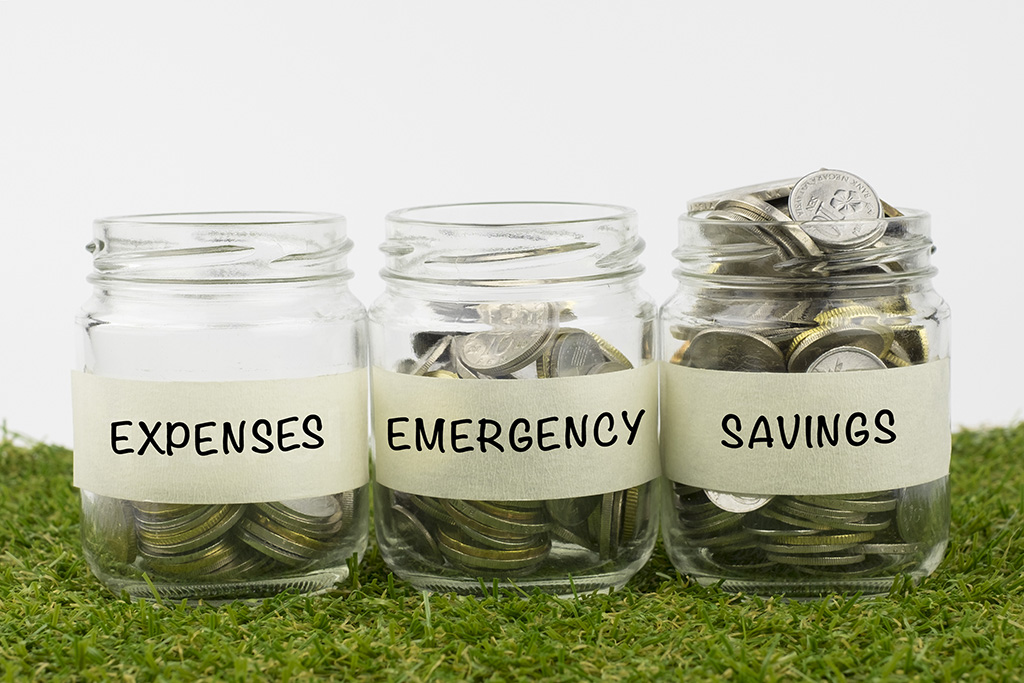How to Build an Emergency Fund?
Contributed by Scott Winkel, Chief Credit Officer

Contributed by Scott Winkel, Chief Credit Officer

We all know deep down that we should have an emergency fund for that rainy day. But how do you build one? How do you save for it?
The following are tips that could put you on the right path to creating your emergency fund:
1. Figure out where you want to put your money
It is highly recommended that you do NOT put your excess money in the empty cookie jar. So, choose an option like a money market, a certificate of deposit, or a high yield savings account like our Acceleration Savings that partners with Acceleration Checking.
2. Determine a goal
How much money should you put away for an emergency? Some would say one to two month’s wages in reserve is ideal while others would say three to six months’ worth of household expenses is appropriate. The most important thing is to begin with a target and start.
3. Make it automatic
The secret to successfully putting money away is to make it automatic. This can be as easy as splitting your direct deposit to put a certain dollar amount into your emergency fund each pay period until you get to your desired goal. A great time to consider doing this is around salary adjustment time. That way you continue to be on the same budget you were on, but put any increase into your emergency fund.
The other option is for your checking account to do an automatic transfer each month. This is a less desirable method as you might spend too much, and the transfer may be unable to occur.
4. Assess your progress
After a few weeks or a month, are you meeting your goals? Are you getting close to your desired outcome? If so, what do you plan on doing after your emergency fund achieves its goal? You could put the extra money elsewhere, like for a college fund for your kids or into a retirement account.
5. Only use the money for a true emergency
This is the most important step along the way. Utilize your emergency funds for a true emergency: medical emergencies, acts of nature, car accidents, tax bills, home repairs, etc. The funds should NOT be used for the non-emergencies like those Christian Louboutins that just went on sale, that new BMW calling your name, or that vacation to the Bahamas away from the snow. If you wish to have those things, then consider opening up another account (slush fund) to put additional money into just like the emergency fund but don’t touch your emergency fund for non-emergencies.
Remember this: it could take you some time to build an emergency fund, and that is quite alright. Even if it takes you months, and you can only save a few dollars at a time, you are making progress and putting yourself in a better financial position.
At CIBM Bank we understand your hard work, your commitment and the financial decisions you have to make on daily basis -- whether that be for your business, or buying or maintaining a home, or just your day-to-day financial-related needs. We also understand there are times you just need some help. And that’s what we’re here for. To help makes things a little easier for you, to provide experts who can walk you through the variety of options to best meet your particular needs, and to provide just a little more peace-of-mind. Call us or visit www.cibmbank.com
The information expressed is being provided for informational and educational purposes only. It is not intended to provide specific advice or recommendations for any individual. CIBM Bank does not provide tax, legal, or accounting advice. You should carefully consider your needs and objectives before making any decisions. For specific guidance on how this information should be applied to your situation, you should consult your own tax, legal, and/or accounting advisors before engaging in any transaction.